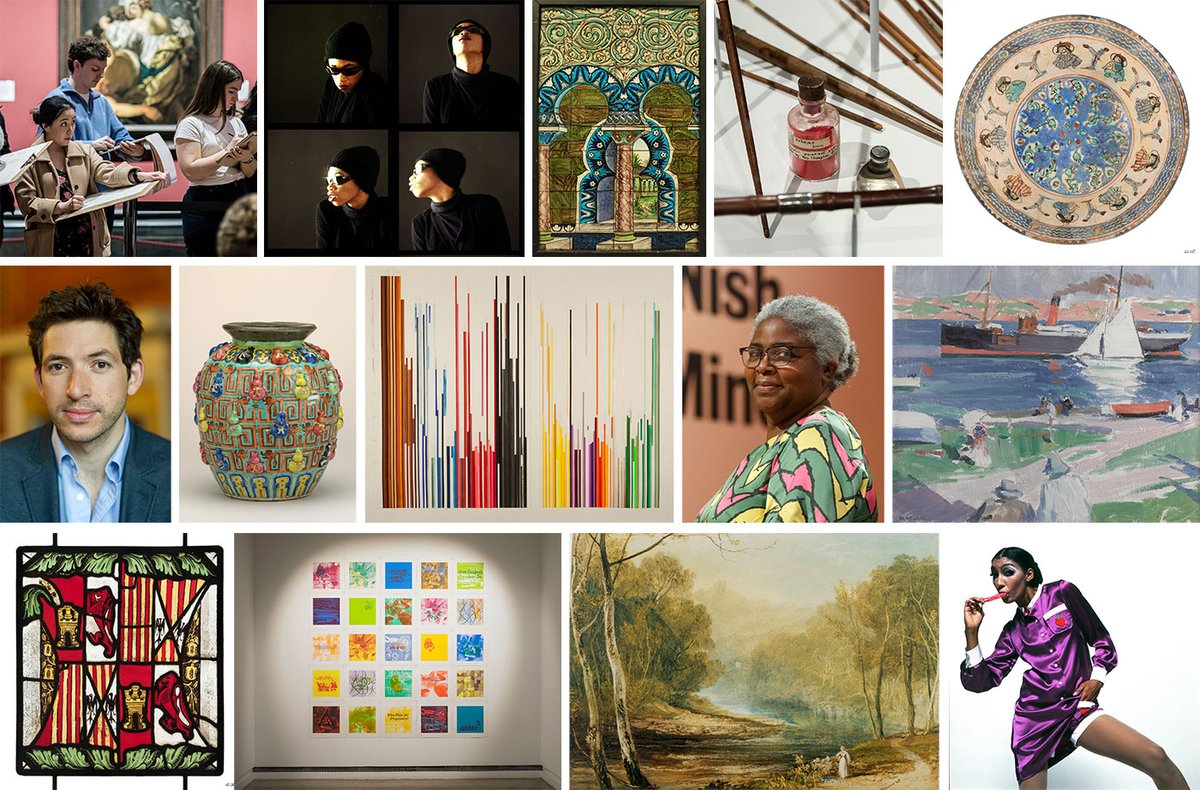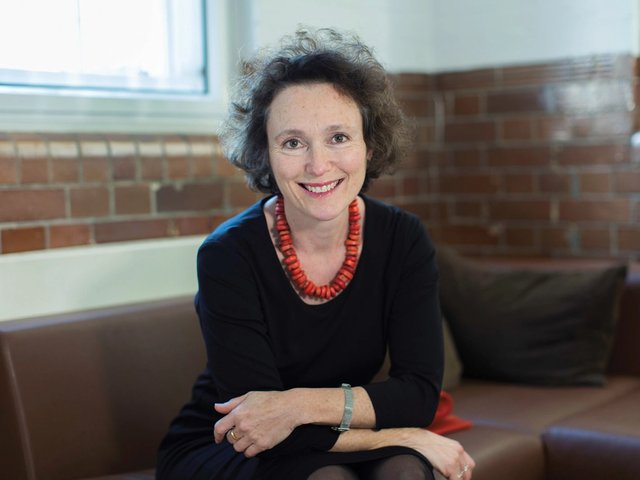"Art history is not a luxury," says James Fox, the art historian and author of The World According to Colour: A Cultural History and writer and presenter of the BBC series A History of Art in Three Colours. "It is a fundamental tool for understanding our past, it is completely accessible and universal."
Fox was speaking to The Art Newspaper in the lead-up to the third annual Art History Festival, an occasion, organised by the London-based Association for Art History, that brings together free events across the UK for members of the public, at locations ranging from Penzance and Plymouth to Orkney by way of London, Manchester, Middlesbrough and Glasgow. The theme of this year's festival is Colour: Imagination, Insight, Inspiration. Fox will talk to the broadcaster and artist Andrew Marr about The World According to Colour at City Lit in central London on the evening of 22 September in what is one of the festival's 67 events—15 of them online—organised by 53 museums, galleries and cultural organisations, and featuring 34 independent speakers.
The festival, designed to encourage members of the public to engage with art, museums and cultural institutions, large and small—and to demystify the study of art history—comes at a time when arts education in schools, including art history, has come under increasing pressure and new research has shown how far school pupils' access to museums is determined by location and socio-economic background.
"The idea that examining societies that make art is elite is nonsense," Fox says. "There is nothing more fundamental to human activity than making images. And if you don’t study those images and the history of their making you are going to miss a crucial part of what our history actually is... If you want to understand the human condition—if you want to understand who we are and where we are going—then culture in the broader sphere is the way to do it, and art is a way to do that."
The importance of art history
Gregory Perry, CEO of the Association for Art History, tells The Art Newspaper that he hopes that the festival will introduce the public to the quality of event programming in the UK beyond the museums or cultural institutions that they are already familiar with; that they will make a connection between art and art history, and their ties to design history and architectural history; and that participants will learn more about visual and material culture.
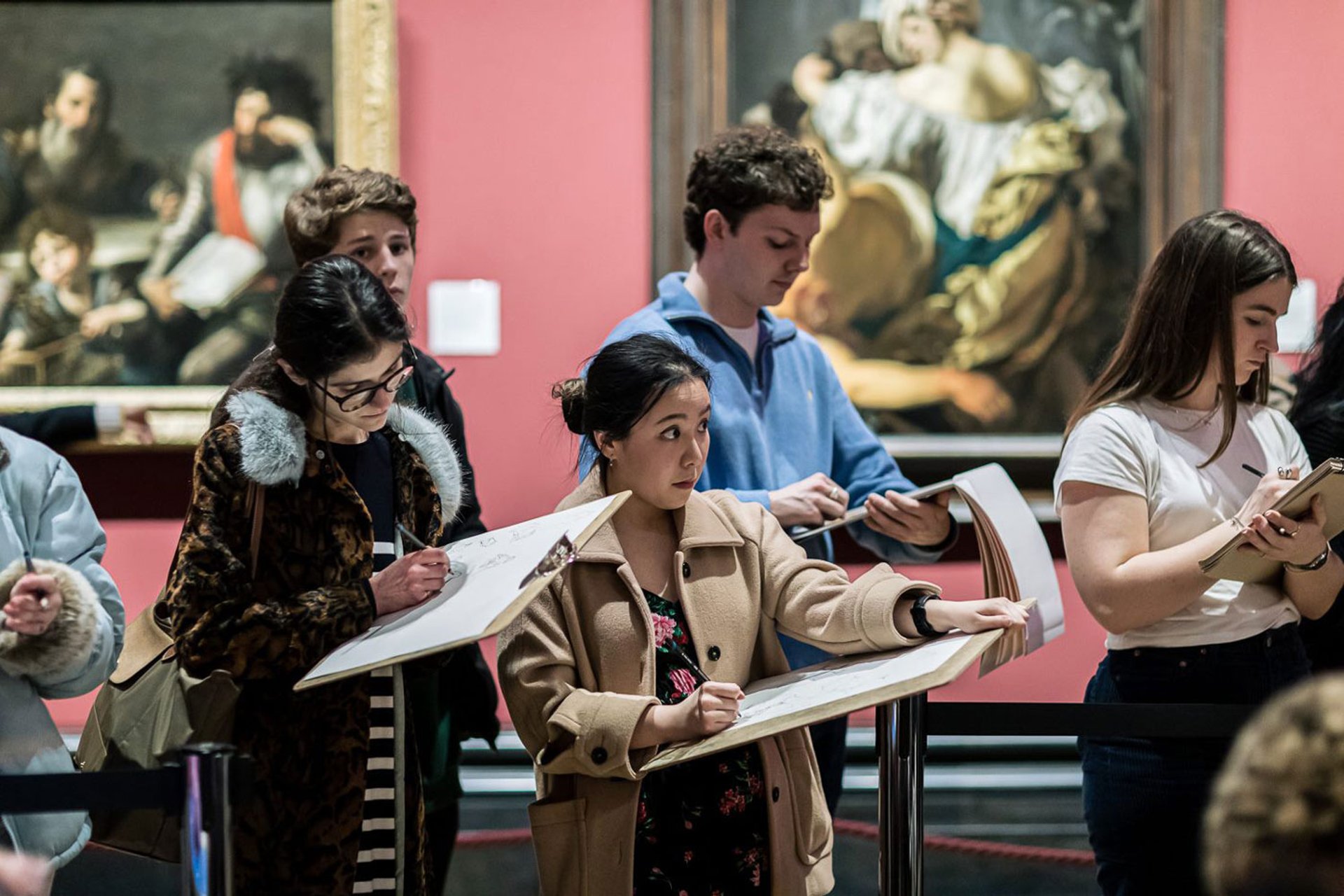
Brixton Life Drawing invites people to drop in and draw from their colourful models at the National Gallery, London, on 22 September, as one of three free events at the gallery Hydar Dewachi
The festival was created in 2021, Perry says, to raise the profile of art history and to explore the histories of art, design and architecture, "all of which help us to better understand those art forms and the increasingly visual world around us". "Our aim," he says, "is that events from smaller and regional museums will gain additional exposure from being a part of the festival along with major national organisations, and that the audiences of the major nationals will learn about the rich programming that takes place around the country."
"This is the third festival," Fox says, "and they get bigger and better every year ... To put on such a vast set of events, and then make them free to the public. And to have such a coherent and accessible theme ... It’s a great line-up, very very diverse in all ways."
A theme that connects public and institutions
The festival's focus on colour has proved a compelling theme for curators involved in the festival. For Joanna Meacock, curator of British Art at Glasgow Life Museums, the theme was one of the reasons that she received a remarkable ten proposals for events when she asked her colleagues in the city to propose events for the 2023 festival.
"They have chosen a great theme," says Mark Sealy, the director of Autograph gallery—which hosts an online discussion on 21 September between the artist Joy Gregory and the writer Roshi Naidoo to discuss Introducing Shining Lights, a critical anthology delving into the ground-breaking achievements of Black women photographers in the UK in the 1980s and 1990s. The theme is something ambiguous, Sealy says. "A little bit more playful." "Festivals are good," Sealy told The Art Newspaper. "A coming together and an exchange. Where you have many arcs." He hopes, he said, that people will encounter an exchange of knowledge. And that they will show a capacity to listen.
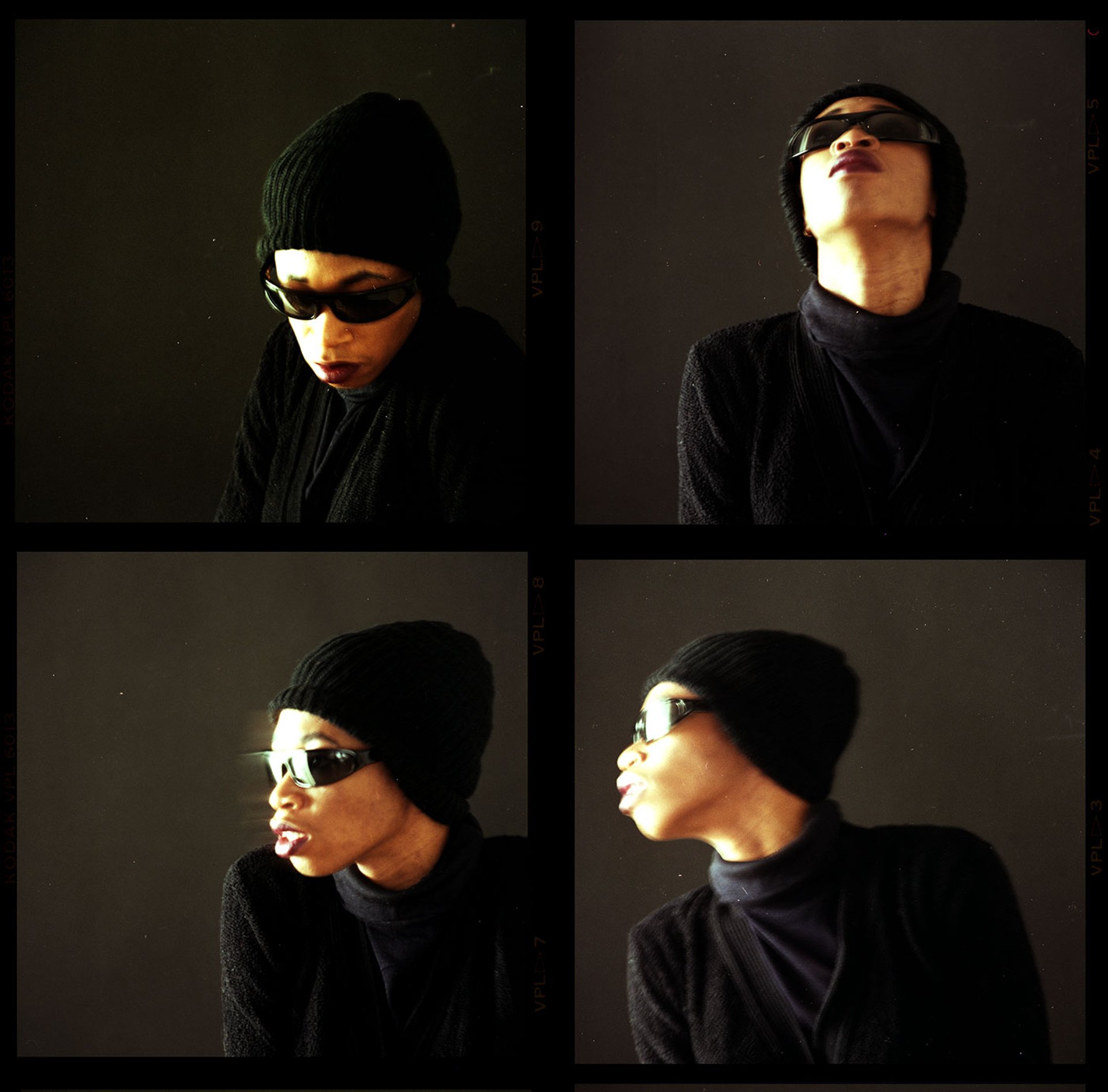
Joy Gregory, Self Portrait in Ski Hat. Joy Gregory takes part in an online discussion on 21 September, on Introducing Shining Lights, a critical anthology on the achievements of Black women photographers in the UK in the 1980s and 1990s Courtesy Autograph ABP © Joy Gregory
For the British Museum the festival is a chance to show the public the breadth of their collection, and that the historic Bloomsbury institution is far more than an august setting for a "Greek day" or an "Egyptian day" among its best-known holdings. As part of the Art History Festival, the museum hosts three 30-minute 16-person study sessions on 20 September on Colour in 19th-century Chinese Ceramics in which Jessica Harrison-Hall, head of the China Section and Curator of the Sir Percival David Collections, will outline the variety and symbolism of pigments and glazes in the ceramics.
For Hilary Williams, an education officer at the British Museum, the festival event is an opportunity to show visitors the full range and variety of the collection and its strength in contemporary collecting. That it offers something for everyone. The museum's graphic collections, she says, consist of far more than the historic national collection of drawings, being strong in contemporary graphic work from around the world.
The museum was collecting contemporary art, Williams points out, in 1786, when the potter Josiah Wedgwood gave it his celebrated Pegasus Vase, with the design on the vase of the Apotheosis of Homer inspired by a calyx-krater jar which the museum acquired in 1772 from the collector and antiquarian Sir William Hamilton. Stories like this, Williams explains, show how connected the museum's collection is, and what a resource it is for art historians. The British Museum was collecting contemporary pieces in the late 18th century, and it is acquiring contemporary works now, she says.
How to take part in the Art History Festival
The festival's events, live and online, are all free, listed by region in the online guide, and all bookable via the host institutions.
Some festival themes and variations: in real life and online
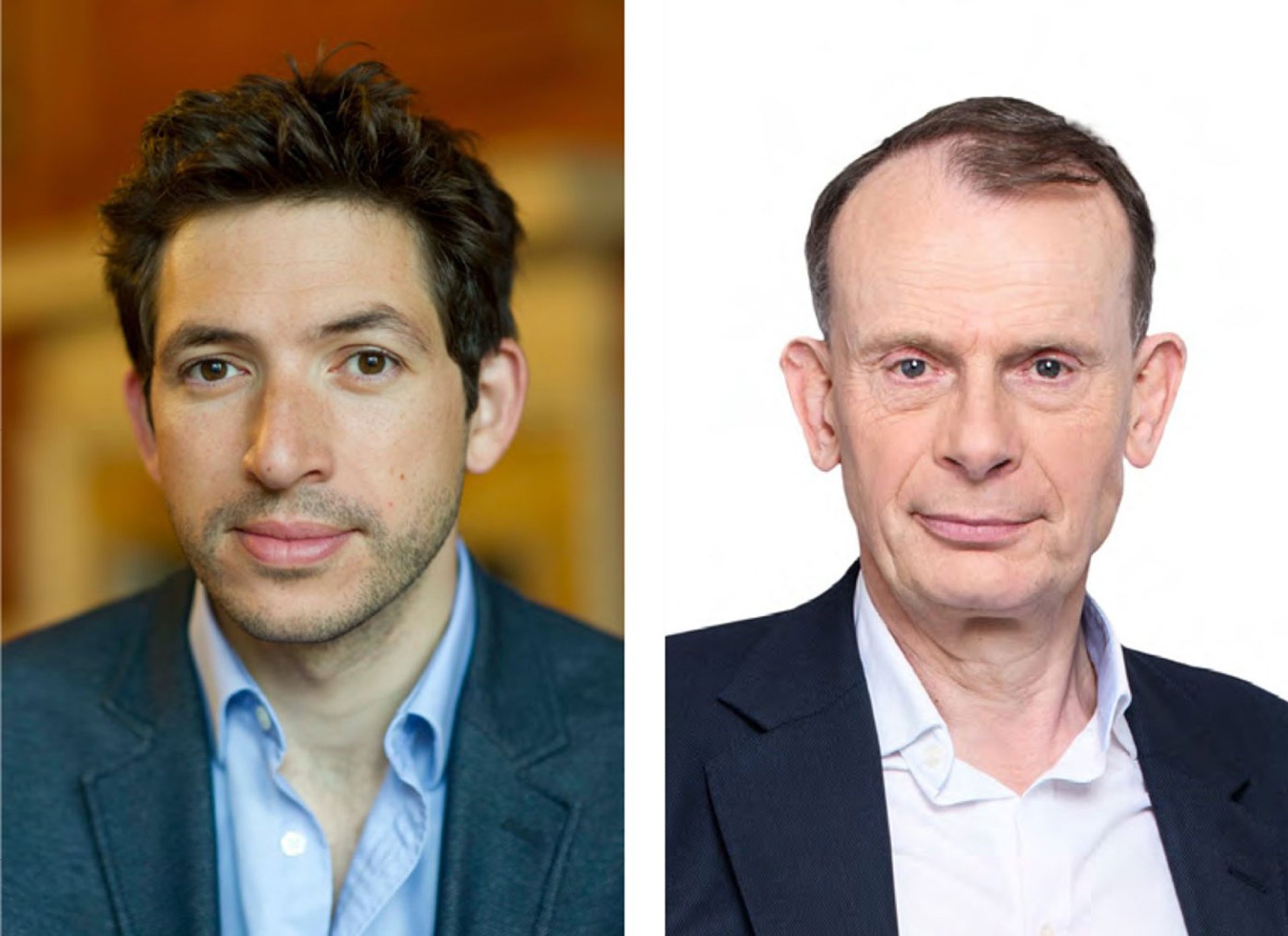
The art historian James Fox (left) discusses colour with the broadcaster and artist Andrew Marr at an Art History Festival event in partnership with City Lit in London on 22 September
The challenge of talking about colour
The art historian James Fox and the broadcaster and artist Andrew Marr discuss The World According to Colour in London on 22 September.
"[Colour is] absolutely part of our life from the moment we wake," Fox tells The Art Newspaper. "It’s not just decoration it carries enormous emotional resonance…. Colour is a theme that connects the whole of art history … red ochre in a cave in Africa or LEDs in an immersive installation, colour is a fundamental tool that artists have always used." Fox and Marr will discuss "the philosophy of colour the politics of colour, the cultural history of colour". As well as its elusiveness. "It is something that deceives, that evades, language. Like smell, like sound, like some of these very primal sensations. We think we know what it is but when we try to define it ..."
The World According to Colour at City Lit in central London on the evening of 22 September
Ben Street, of Christie’s Education, will pick up the challenge the following day, in an online event, and ask whether the written word has the scope and vocabulary to match the myriad hues of colour.
The Problem of Colour, 23 September, 18:00.
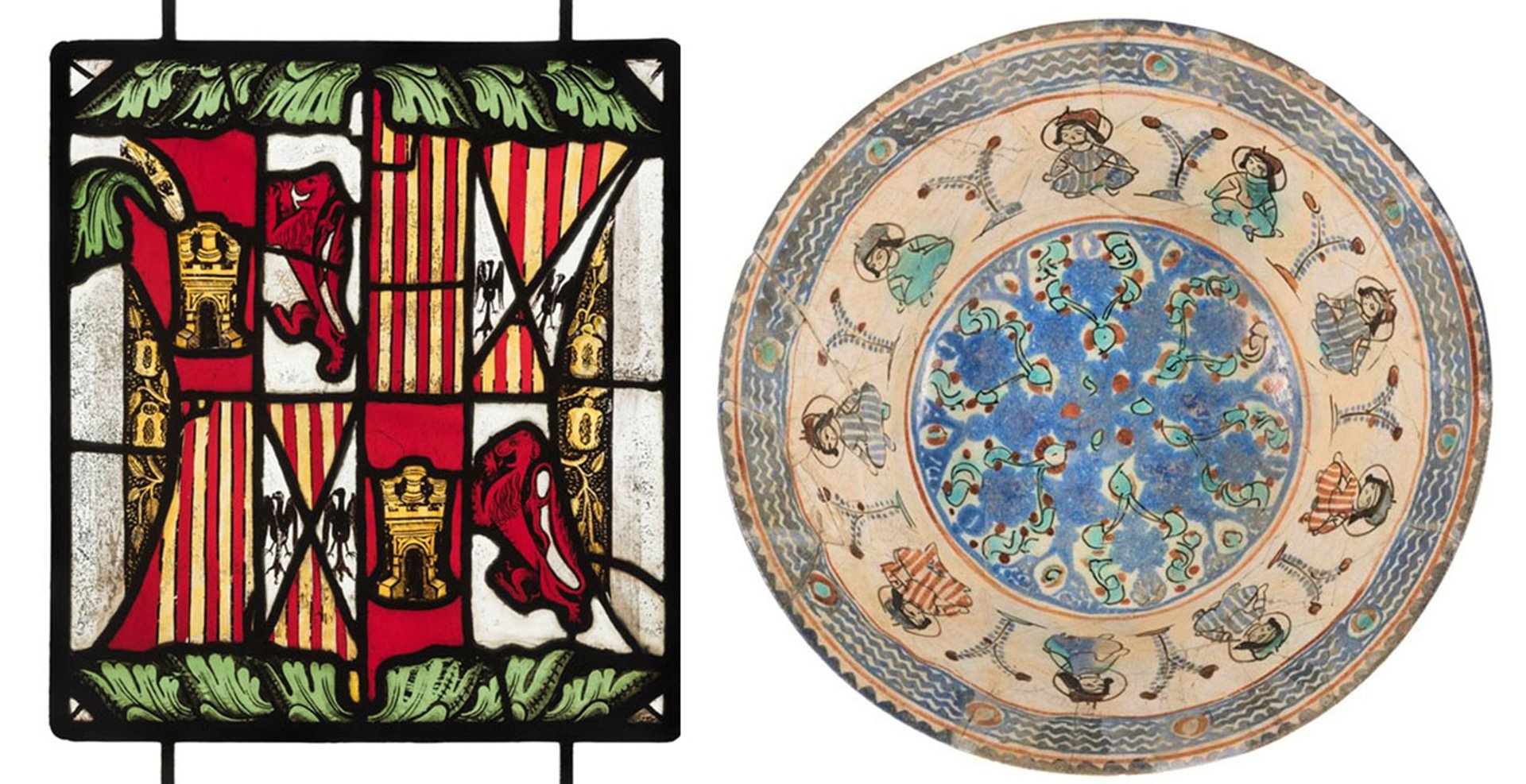
The gallery tours offered by the Burrell Collection during the Art History Festival include the symbolism of colour in medieval heraldry and war (left) and the depiction of colour in 13th and 14th century Persian pottery Glasgow Life Museums
Glasgow—and the Scottish Colourists
Glasgow Life Museums have embraced the colour theme to offer 10 widely varied events for the festival, from medieval to Modernist. There is something for everyone in the city's offering, says the curator Joanna Meacock: Chinese ceramics, Glasgow style, Persian carpets, ship liveries.
The Burrell Collection has a gallery tour to consider what colour meant to medieval warriors (19 September), and another to analyse the depiction of water in vessels and carpets from 13th to 17th-century Persia (23 September). At the Kelvingrove Gallery there is a curator tour (21 September) of Mary Quant: Fashion Revolutionary, covering the social grounding of the Swinging Sixties designer's visual style.
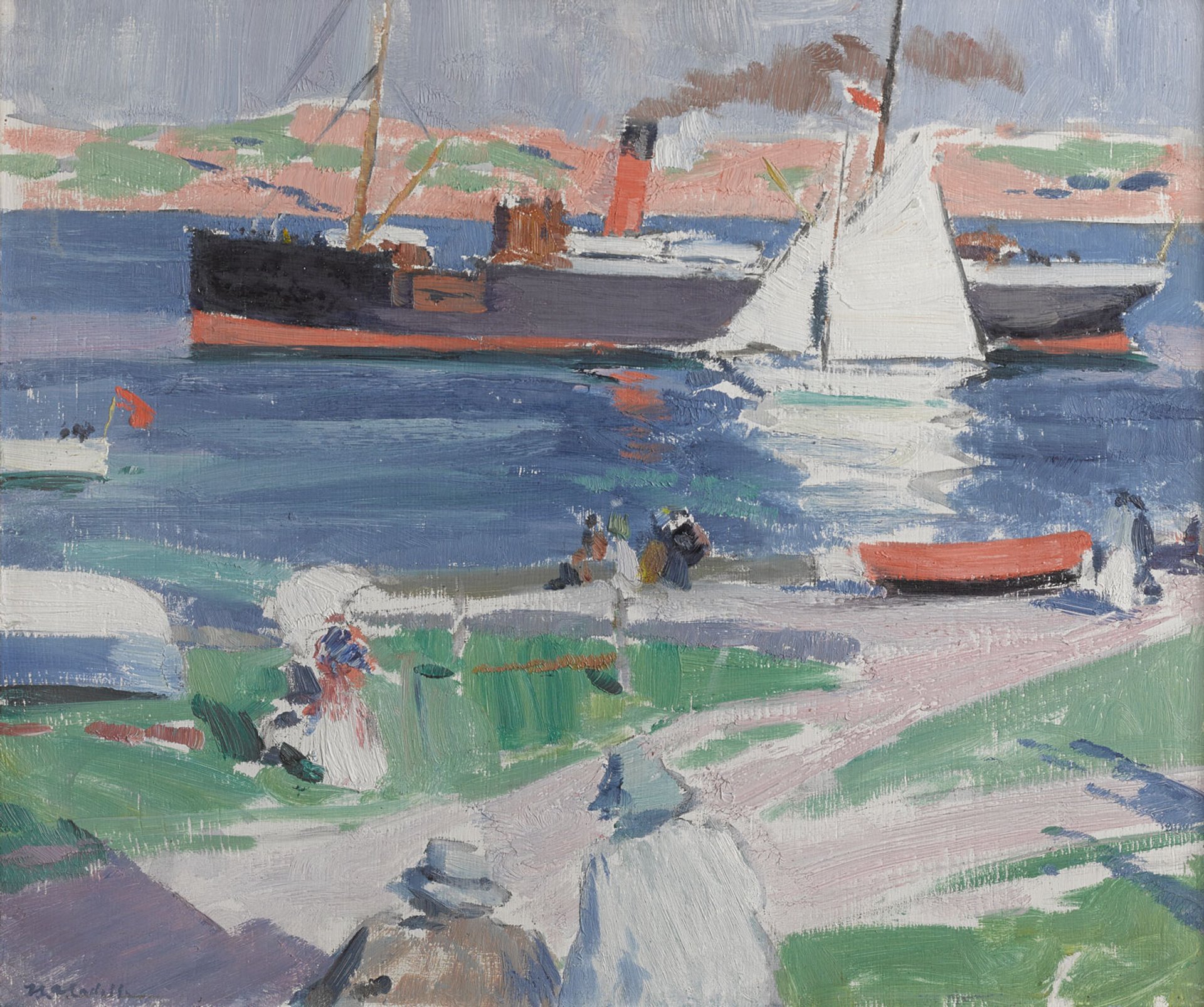
Francis Campbell Boileau Cadell, The Dunara Castle at Iona, c.1929 Sheffield Museums Trust
The Scottish Colourists, Francis Campbell Boileau, Cadell, John Duncan Fergusson, George Leslie Hunter and Samuel John Peploe—the influential group of artists that came out of Glasgow in the early 20th century—are the subject of an online talk by James Knox, director of the Fleming-Wyfold Foundation, to coincide with loans to the Graves Gallery in Sheffield, for the exhibition Colour and Light: Scottish Colourists from the Fleming Collection.
"Showing the Scottish Colourists at the Graves Gallery not only reaches new audiences for one of the most progressive groups in early British modernism," Knox tells The Art Newspaper (where he was formerly managing director), "but has inspired the Graves to display related works from impressionism to the Bloomsbury school in an adjacent gallery, highlighting the internationalism of national schools."
James Knox, Online Curator Talk: Colour and Light –Scottish Colourists, Tuesday 19 September, 18:00.
Applied colour: art and design
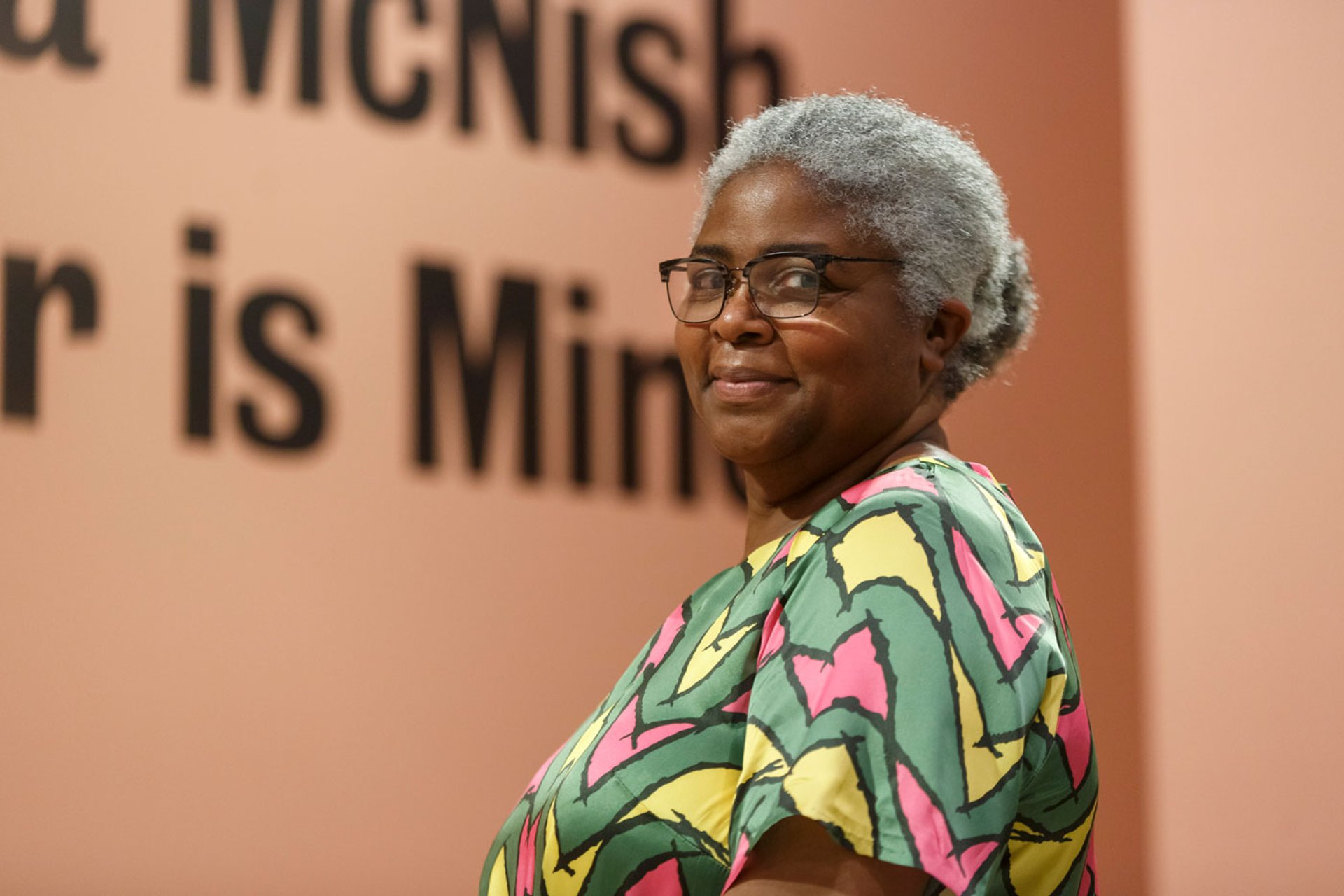
Colour is Mine: the innovative textile designer Althea McNish David Oates
In an online talk, the textile historian and curator Rose Sinclair looks at how the innovative Black British textile designer Althea McNish (1924-2020), the first designer of Caribbean descent to win international recognition for her textiles, made use of colour in her work. The talk is based on the Colour is Mine exhibition that took place at the William Morris Gallery and The Whitworth. Manchester, in 2022-23.
Althea McNish: World of Colour. 21 September, 17:30
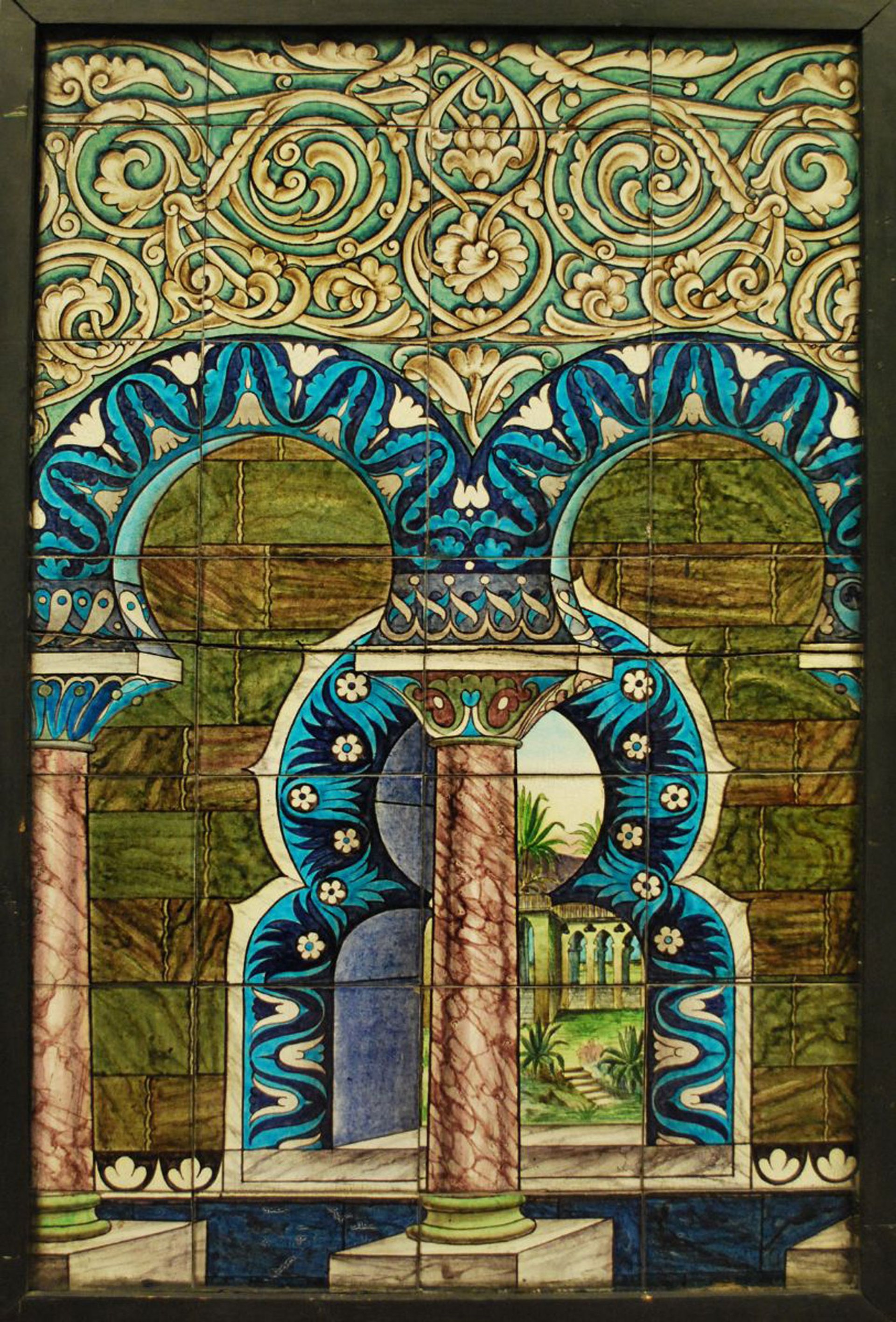
William De Morgan, Islamic Arches Panel, made up of 28 tiles in a wooden frame, late 19th century De Morgan Foundation
A guided tour of the De Morgan Museum in Barnsley will cover the collection of works by the influential late 19th-century ceramicist William De Morgan and his artist wife Evelyn De Morgan, two of the most influential figures in establishing the pre-Raphaelite aesthetic. The pieces discussed will include William De Morgan's Islamic Arches Panel where he demonstrated his long-standing mastery in creating and firing ceramic glazes so as to match vivid colours from historic pieces of Islamic art.
Colour in the Art of the De Morgans, Cannon Hall, Barnsley, South Yorkshire, 23 September, 12:30
JMW Turner and Colour
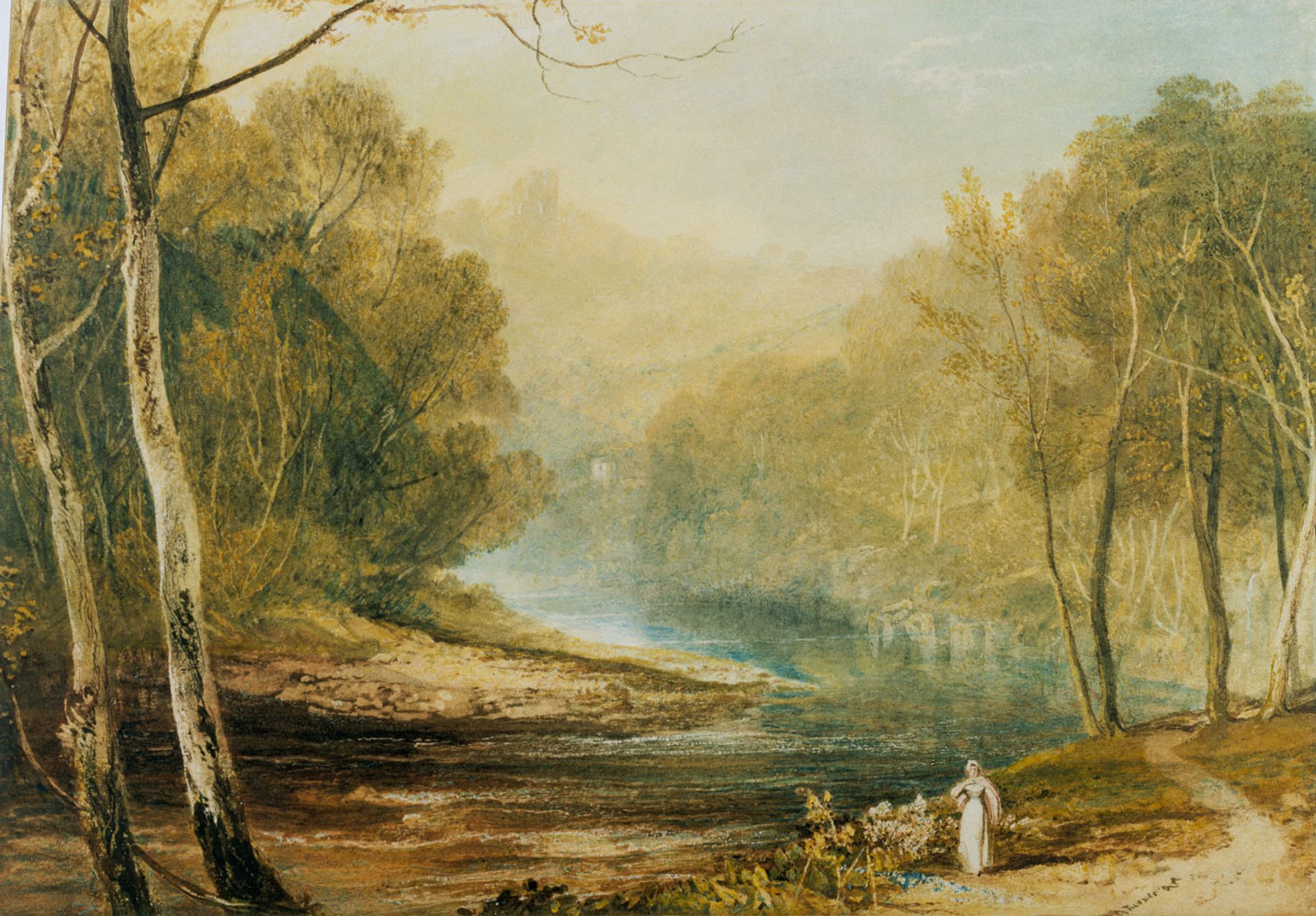
Joseph Mallord William Turner, Hackfall, near Ripon, water colour, c. 1816 Wallace Collection
JMW Turner, the great visionary influence on colour in Victorian and early Modern art, is the subject of an online talk by Matthew Morgan, director of Turner’s House Museum, Twickenham, west London. Morgan will examine Turner's study of contemporary colour theory, including those developed by another of the protean figures of his era, the German writer and polymath Wolfgang von Goethe.
Matthew Morgan, Turner and Colour, 20 September, 18:00.
The Association for Art History’s Art History Festival 2023, 19 to 24 September.


